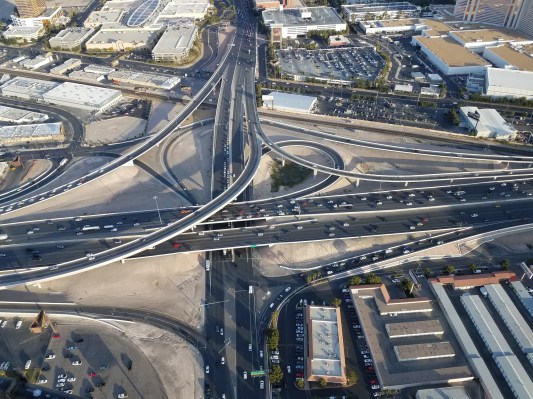French startup BlaBlaCar just released some interesting metrics. The company has reached profitability if you look at revenue between January 2018 and today.
BlaBlaCar forecasts that 50 million people will book a ride on BlaBlaCar in 2018, which represents a 40 percent increase compared to 2017.
BlaBlaCar is a marketplace for long-distance rides. People driving from point A to point B can find riders willing to go in the same direction to share the cost of the ride.
A few years ago, when BlaBlaCar raised multiple megarounds, co-founder and now president Frédéric Mazzella told me that the company was at a crossroad and had to choose between growth first then profitability, or profitability then growth. It looks like the company has now completed its growth-then-profitability journey.
There are now 65 million registered users on the platform, including 15 million users in France. The service is currently live in 22 countries.
In France in particular, 40 percent of people aged between 18 and 35 are using BlaBlaCar. While the company is reaching market saturation on this segment, elderly people currently represent a growth opportunity.
It is the fastest growing segment and the user base has doubled in six years when you look at this part of the user base in particular — I know, these are some soft metrics so it’s hard to understand if it’s going to impact the company’s bottom line.
Foreign countries now represent 75 percent of BlaBlaCar’s activity.
When it comes to features, BlaBlaCar finally started automatically matching people who are departing or arriving from a small city. Drivers don’t have to manually input a list of cities on the way. 20 percent of departure or arrival cities surface thanks to this new algorithm.
One way of reaching profitability is by reducing costs. And it’s true that BlaBlaCar faced some growth pains and is now a leaner company.
Now, BlaBlaCar is in great shape for an acquisition or an IPO. But the company says that it’ll keep investing to innovate, diversify and open new markets. So all options are still on the table.
